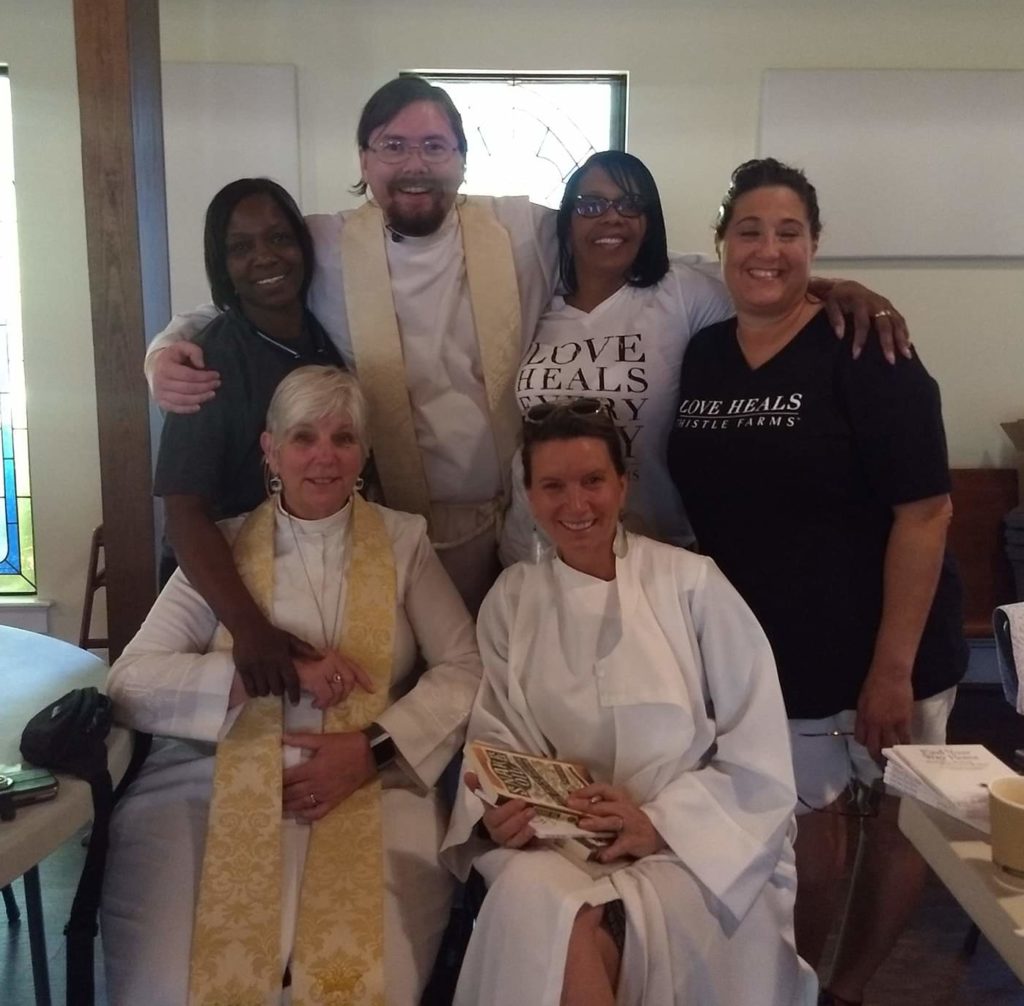Getting to Know Kyle and Mary Rose Mackey
By Joan Doggrell
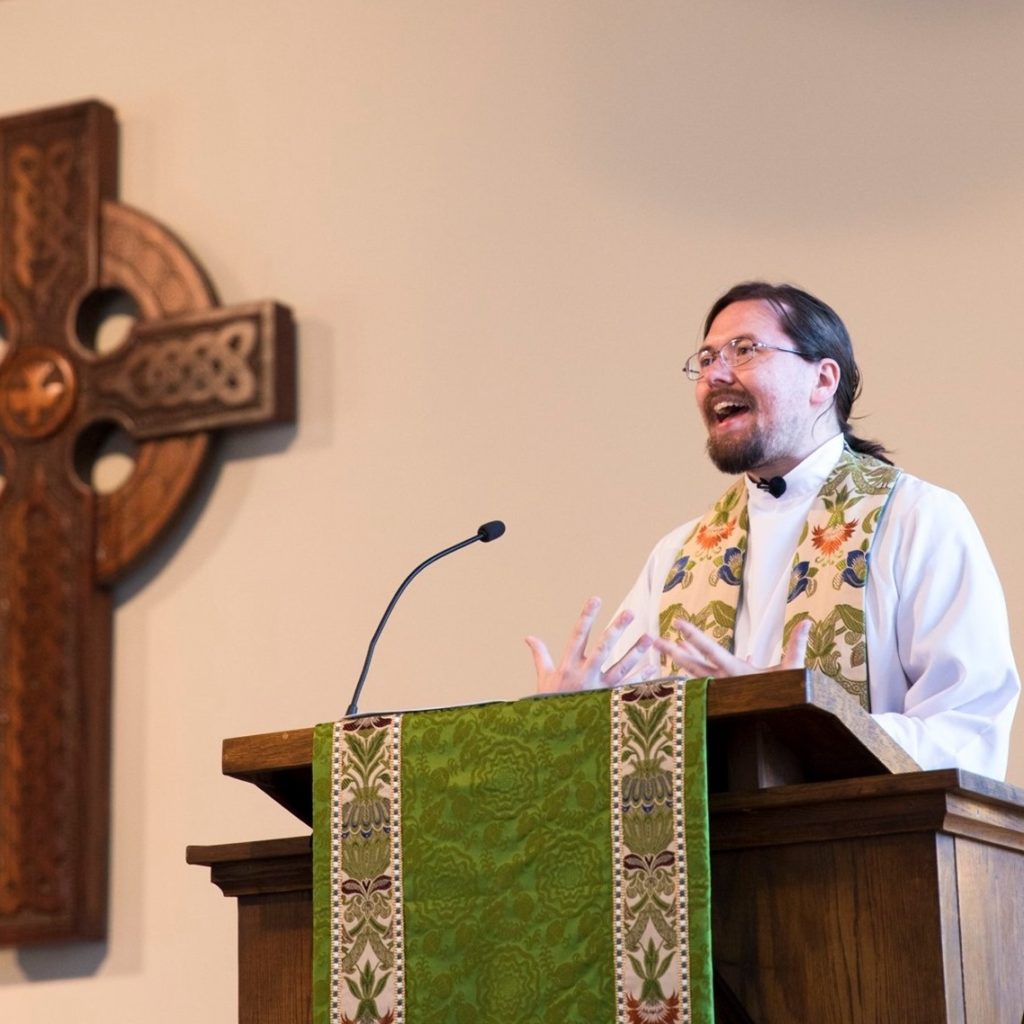
The Reverend Kyle Mackey has been our Curate for about 18 months now. He’s been busy: he conducts the Education for Ministry classes every Thursday evening. He meets with the St. Paul’s youth every week and has taken them on numerous outings. He shares worship services with Mother Hazel as they take turns officiating and preaching. He is also a pretty recent bridegroom.
Mary Rose and Kyle were married at St. Paul’s just a few months ago, on November 17th, 2018. We are delighted to claim this young couple as our own, and it is high time we got to know them better.
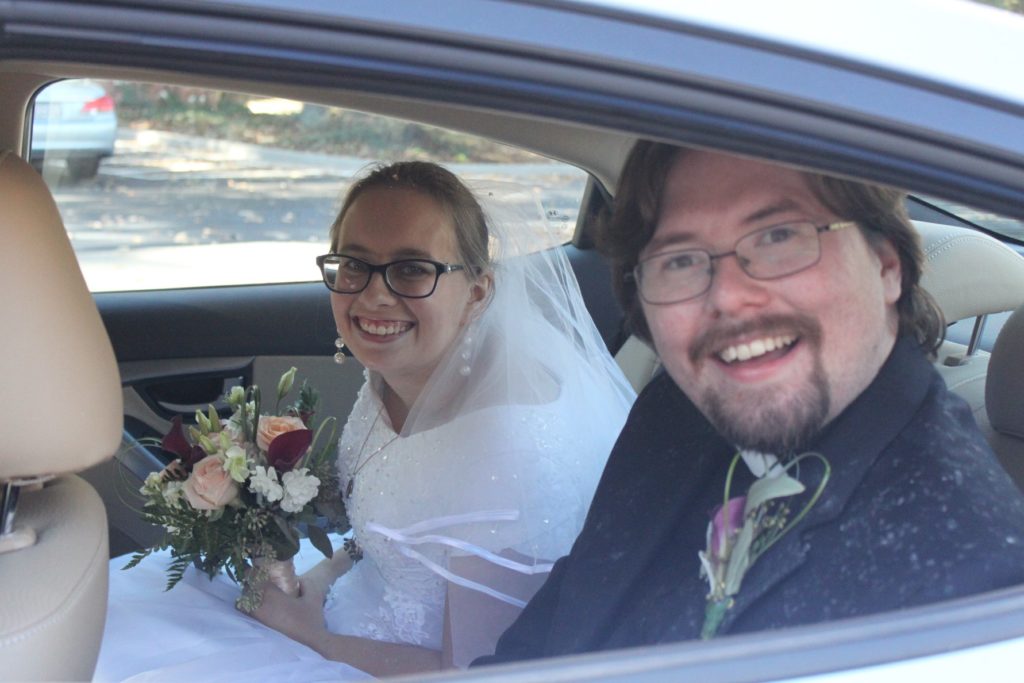
Let’s begin with Mary Rose.
Mary Rose was raised in Atlanta in the northwestern section, around Chastain Park. “it’s kind of my old stomping grounds,” she said. “I learned to swim at that pool, and I had my sixth birthday party there,”
She grew up with a younger brother and sister, two dogs, and three cats. “I didn’t realize until my teenage years that I was allergic to them!”
Ironically, she calls herself the black sheep of the family because “I became the church-goer. As I was growing up, our family were the Christmas and Easter attendees. I remember hopping between Episcopal and Methodist churches.”
After high school she attended the University of Georgia in Athens. “I only lasted a year. It turns out that college is much more difficult than I had expected. I spent a little too much time investing in friendships and not so much on homework,” she admits.
Considering that she took online classes for her last two years of high school, it’s understandable that she was ready for friendships. One of those friends was Kyle. So obviously her time there was not wasted!
Mary Rose studied landscape architecture at UGA, and then architecture alone at the Southern Polytechnique Institute (later Kennesaw). “I will never look at shadows the same way again. I am still fascinated by them. It’s really interesting to see how different directions and colors of light affect what you see on the ground or on a wall.“
“In my search for friends, the Episcopal Student Center was one of the groups I strongly considered because I was already going to Episcopal churches,” she said. “I went there one day. The door to the house part, not the chapel, was just a plate of glass. It was sunny outside and dark inside. I was reaching out with my hands – I couldn’t see in, but the people inside could see me, and someone let me in.”
She was reaching out for something she couldn’t see. Hmmmm…
“I think the first few weeks were a little rocky as I was getting to know people because before coming to UGA I didn’t really know anybody. However, I liked the people I was with, and I really liked the feel of the hangout spot, the dilapidated house, even though It was in serious need of TLC. There were two circles of couches and a kitchen, and people just hung out there after work and made meals,”
“It was a community,” added Kyle. “I was heavily involved at that point. I spent an inordinate amount of time at the Episcopal Center between 2009 and 2013. I had gotten involved in leadership — I was just around. I was one of the numbers on the board – in case of emergency, call in this order.”
Kyle and Mary Rose met in her freshman year, which was the year Kyle graduated, in the fall of 2013. “If it weren’t for the Church’s campus ministry presence, we wouldn’t be sitting here,” he said.
“Kyle and I started dating in the spring of 2014,” added Mary Rose. “We’ve been together coming up on six years. Other than the first two or three weeks, we were in a long-distance relationship. I was living in Atlanta while he was still living in Athens.”
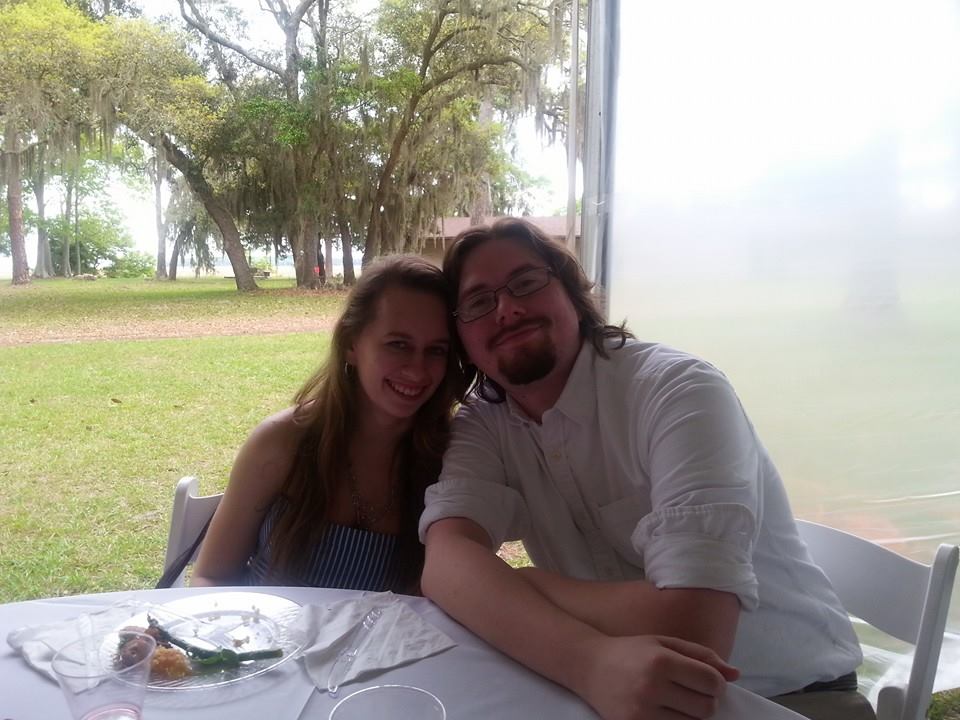
Two years later, Mary Rose’s relationship with her parents reached a crisis point while she was attending Southern Poly.
“I was living at home and commuting to and from college. In 2016 I moved out and crashed on a friend’s couch while I figured out my next move. When my friend had a medical mishap and moved back in with her parents. I took her slot in the apartment one of our mutual friends. I joined the working class, becoming a Waffle House server to pay the bills.”
“My parents and I haven’t had the greatest of relationships. So, when I moved out, there was more of a separation. It was my time to be out in the world by myself. I was twenty-one. But for all that experience, I think I can say now that my parents and I have kind of made peace. We’re okay now with being different families. They have their life and I have mine.”
“I’ve always liked cooking. I like to eat! When I was living in the apartment, I had to provide my own food, buy my own groceries, etc. outside of work, because I was able to eat on the clock, which was nice. Kyle also was kind of nudging me to further my cooking skills, so I decided to try. I soon found out that I liked cooking.”
Today, Mary Rose works as a cook at Meat and Greet in downtown Newnan. She sings soprano in St. Paul’s Parish Choir. And she supports her new husband in his first ordained position.
Now that we know something about Mary Rose, let’s hear from Kyle. The following is mainly in Kyle’s own words.
Kyle’s story
I am from a little town called Dudley, Georgia. I didn’t grow up there – that’s the nearest city. I‘m a son of Laurens County, through and through. From home, the drive to anything meant being in the truck for at least 20 minutes and passing by more cows than people.
I’m a convert to the Episcopal tradition. My family were staunch members of the Baptist Church in Dudley. That was my initial introduction to the Christian faith.
I can remember being ‘incentivized’ (or bribed) to memorize all the books in the Bible in order and to recite them. I was in the third grade. And the prize was – get this – three dollars, paid out completely in dimes. Exactly thirty pieces of silver. I don’t know what to make of that. I think about spiritual things – I think about the Bible a lot, and I blame it on that experience.
Our family attended this church every time the doors were open – it was very moderate, middle-of-the-road for a Baptist church. Our pastor, The Rev. Bill Weeks, was a very kind, sweet sort of guy, a wonderful man. He passed suddenly from cancer when I was eleven or twelve.
It was the new pastor that got me going. This was after the big change of guard in the Baptist convention in the 1980s. The fundamentalists took the fire and brimstone to the next level. There is Jonathan Edwards “Sinners in the Hands of an Angry God,” and then there’s the stuff I grew up with!
The new Baptist message was not Old Testament based – I’m a huge fan of the OT. They were doing a very poor reading of the Book of Revelation, and cherry-picking passages of Paul. We rarely heard from the gospels. When I was in high school, there was a huge focus on eschatology, the study of the End Times. Their version was heavily influenced by sources like the Left Behind* series. There was a lot of that Rapture kind of focus. For instance, ‘if you died right this second where would you go?’ was a constant question we were asked. I was about fourteen when that trend was huge. It was a very not-okay place to be. My initial problems with how I was raised started in that time frame.
I was a bit of a clever kid – I liked to read – I liked to figure things out. So, I recognized that there was a logical inconsistency in the Rapture belief. If God’s ultimate goal is to save as many people as he can, then snatching all the true believers out of the world before he destroys it definitely doesn’t mesh with the Jesus of the John who came not to condemn, or the Jesus of Matthew who is here to fulfill the Law and make everyone righteous.
I brought that concern to my Youth Pastor. He told me, wisely, to read the Bible. If you’re having doubts, just read some more scripture, and you’ll understand. So, I did. I’m probably one of the few who hear that advice and actually heed it. Over a year and a half, between weeding and watering the garden, I just read. It took me the better part of a couple of years, and I had to put J.R. Tolkein’s The Two Towers on hold. But all that reading didn’t help – it made my confusion worse.
The Bible is a library; it’s not a unified text, and even some books are built from different authors writings. It is a collection put together over thousands of years, so I didn’t find what I was being taught in any one place. it finally dawned on me: this tale of the Rapture has been constructed from a snippet here and a snippet there. What they’re predicting is not anywhere to be found.
That was the beginning of the deconstruction of my faith. When I was at UGA, several years later, I ran into a good friend from home, who ended up hanging around the Episcopal Center because I was there. He figured it must be legit because I had gained a reputation back home as a fire-breathing atheist. ‘Don’t go near him. He will destroy any understanding of God you have.’ I was pulling apart the faith that had been given to me. It was inadequate. It didn’t speak to me in a way that was helpful. So, by the time I went off to college, I called myself agnostic. I was a functional atheist.
I will credit my first visit to the Episcopal Center to a friend I had as a freshman. She, the art major, took pity on the chem major that had grown up in a faith that was not working for him. I was railing pretty hard at organized religion as a whole. She wanted to show me something different. So, I went begrudgingly to the Episcopal Center for Evensong. It was gorgeous. but I wasn’t there yet. I wandered off to “da woods,” metaphorically speaking.
About a year later, I became an RA (Resident Assistant). I was in charge of a floor of fifty or so residents. Mostly freshmen. Good people. I loved my second year as an RA, when I got to know everybody and became close to their lives, struggles, hopes, and dreams.
What set me over the edge, however, was an experience I had one night. I was off duty, trying to get some sleep, when I heard a knock at the door. It was maybe two or three in the morning. If you’re an RA and someone knocks at your door at two in the morning, you know it’s not good!
I hopped up, slapped on my shorts, opened the door, and standing before me was one of my residents. He had his arms crossed over himself and a cellphone up to his ear. He handed me his cellphone.
“Hello.”
“Hi, is this Kyle Mackey? And you’re the resident assistant at Payne Hall on the first floor? “
“Yes.”
“OK. (name omitted) is one of my patients. I’m with the Mental Health Services on campus. I’m concerned that this student will harm himself. I need you to sit with him until the police arrive to take him into protective custody.”
“OK – I can do that.”
“If you need me, my number is —.”
I hung up the phone, and we went outside to sit on the steps. I don’t think I said much. I just remember sitting with him on what must have been one of the worst nights of his life. I had nothing to go on, nothing to go to. We just sat there quietly. Eventually the police showed up and took him away. He’s fine. I keep up with him on Facebook. He made it through that night.
But what that night triggered in me was different. It started a spiral. That same semester, my parents got divorced, my grandfather developed lung cancer, and I took quantum mechanics for the third time. What I was trying to do was not working. Toward the end of that semester – and you have to maintain a certain GPA to be an RA – I was getting really tired of the paperwork – long nights – having to be everyone’s best friend and worst enemy at the same time – and so as that stress built up in me, the first thing I did was signal to my friends that I was getting out of this business. My supervisor – my go-to person – did not give a rip. She was useless.
One night sometime in the spring, the floodgates broke, and God and I had a very long, very one-sided conversation, very laced in profanity and accusatory in tone. For example,
“Why, dude, why would you do this to my friends, my family, the people I watch out for? Why would you create a world that is so broken? And then do nothing about it?”
I raged at God all night. But the strangest thing was, the window in my room faced east. I stayed up talking to God so late that I noticed the colors in my window starting to shift. I thought, I’ve never just sat and watched the sun rise. So, I went outside, sat down, and watched the sun come up. As that top band of the sun broke the horizon — I hesitate to say I heard a voice — but I did. It said, “I am as steady as the sunrise. I have been with you, in this, the whole time. You are the one who turned your back. You are the one that chose not to see me.”
I was no longer agnostic.
A week later, a friend of mine called me up.
“I remember you saying something about trying to get out of the RA business. You still looking for a place to live?”
“Yep, you got it.”
“Cool. You want to room with me? You care where?”
“Not really.”
“I’ll bring you the lease tomorrow.”
I signed it without looking.
He took me around to show me the place. The Presbyterian Student Center. They had rented out a house in the back to generate income for the ministry.
I’ve never been one for the Presbyterian approach, but the guy they had interning for the campus ministry – I’ll never forget him – was Episcopalian, but I didn’t know that. We got to talking one day and he said, “I think I’ve got a place you might like, and I’ve got some people you should meet, by the way, there’s free dinner on Wednesday.”
My faith had been deconstructed, and this was the beginning of its reconstruction.
We take a walk down Lumpkin Street to the Episcopal Center at UGA where I had been three or four years before. I go in – it’s a Wednesday and a Eucharistic night – it was dinner before and service afterward. We had dinner – I recognized a few people – and the priest, Fr. Dann Brown, – he’s still active in the Diocese – walks up and says,
“Hey Kyle, it’s been a long time. How have you been?”
This guy remembered me from three years prior. The light bulb lit up – something is going on here.
We went through a Rite II Eucharist, and the liturgy just came alive. It feed some part of me I didn’t realize existed. That night I found a home, a place I had been without for years. So that’s how I wound up in the Episcopal Church. And that’s where, a couple of years later, I met Mary Rose.
How Kyle became a priest.
Back about 2011, there was still a program running in the diocese called Vocare, which is based on Cursillo …but since it was aimed at college students it was about vocation – what is God calling you to do?
I had never considered any ordained vocation, much less the priesthood. However, looking back, there were signs. The first one occurred the night I got baptized. It was weird, because I was sitting in a Sunday night service by myself. Mom was leading the Children’s Choir, and Dad was an usher. I was eleven. In the middle of the last hymn of the evening, I just got an inkling, a nudge. “Hey, go up there and get baptized because I’ve got plans for you.”
For some reason, I stood up and went through the baptismal ceremony. Both my parents told me later it was quite a shock. They were proud and happy but did not see that coming. That was the last I thought about my “calling” for a long time.
The second “call” came when I was attending Vocare (from the Latin, ‘to call’). I hadn’t fully joined the Church. I would be received a month or two later.
I arrived Friday night. There had been a worship, a couple of talks, and then a night of silence. We said Compline and went to bed. I didn’t know what I was getting into. That’s when I got my first rosary, Anglican style, with instructions, thank God! I sat outside, played with it for a bit, then went to bed.
I had a dream. I’m not one who remembers his dreams, so when I do it’s usually significant. I was in some church – I’ve yet to match it up to a real one. I was in a procession. There were people in the pews. Way out in front of me was a cross with torches. Then a couple other people, then someone bearing the Gospel. I woke up that morning and didn’t think anything of it. I didn’t think about the fact that if you’re processing behind the Gospel, that’s an ordained position. I just pushed it off and ate my breakfast.
The second day of Vocare is a series of talks. The main question of Vocare is, what am I being called to do with my life? One of the speakers was a young priest who said he had asked God for a clear sign. That night he had a dream.
“I was cruising along, and there were all these diners, and they had different jobs pinned to them. I found myself in front of one that said ‘Priesthood.’ Maybe I should explore that.”
I thought, ‘You’re kidding!’ He talked about being called to the priesthood through a dream literally on the day I had dreamed about being ordained. Then in our small group discussion he turned to me and said, “Hey Kyle, ever thought of becoming a priest?” Literally. I believe I said something like, “I’ll get back to you on that.” That kind of got me started.
The diocese at that time had a “Young Priests” program that I went through in the last year of college. I went to monthly meetings at the Cathedral, meeting with people from the Diocese such as Zackery Thompson, Kim Jackson, and the Bishop right after he was elected. I watched the ordination of the new Bishop. We did a series of experiences including spending time with the homeless and writing reflections about it. I got a positive recommendation at the end of it and was told that my next step was an application letter. This was in 2012. I had a year to work and get my life together.
Mary Rose and I had met. In 2013 I decided to begin the process. It took me until the spring of 2014 to get the paperwork done, meet with the Commission of Ministry, etc. The Bishop told me, “You can go to EDS (Episcopal Divinity School, since closed); GTS (General Theology Seminary in NYC); or Virginia Theological Seminary in Alexandria, VA which is where I ended up going. That year, all the GTS faculty resigned. Virginia said, “If your net worth is under $15,000, we will pay for you to go here.” We Have A Winner!
This was after the discernment in the young priest program, a year-long process. Then the next year was a parish process, and then came the Diocesan process. I got a positive recommendation from all the right people. Meanwhile I worked for Jimmy John’s making sandwiches. So, with VTS offering to pay me to go, I went to Alexandria. That was hard for Mary Rose and I because if we had gotten married before I went, it would have cost us over $100,000 between housing, moving, and fees. Or, if we could squeeze out three years of a long-distance relationship, it would be nearly free.
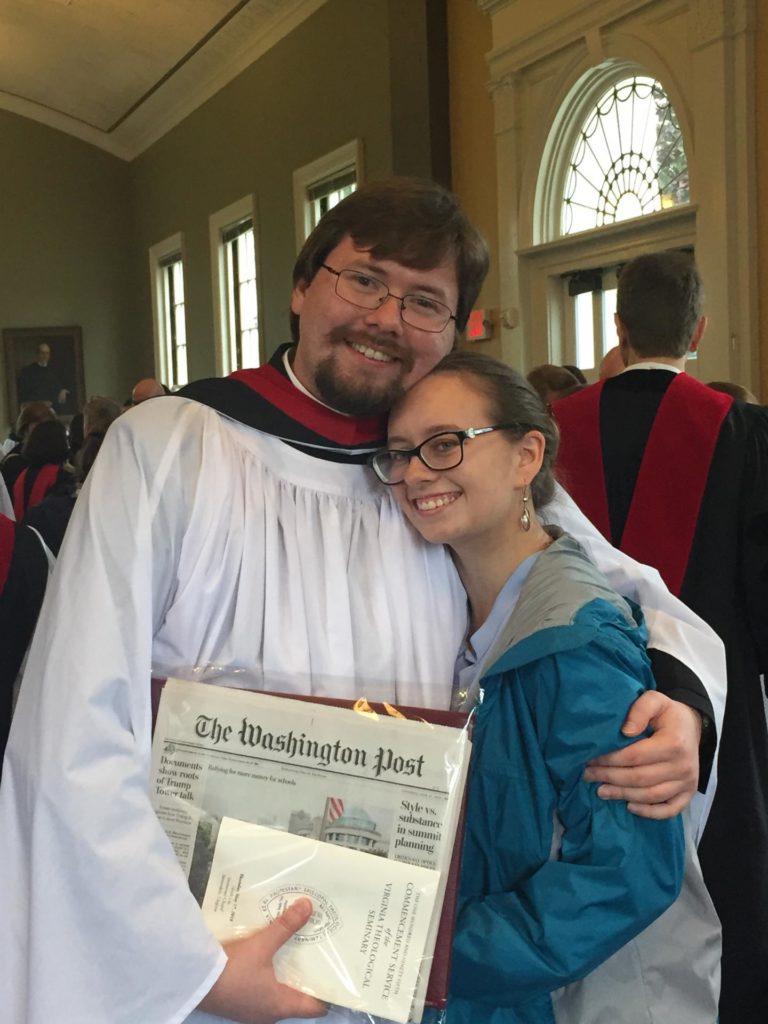
“I’m sorry for all I put you through, Mary Rose.” Kyle said as he turned to look as his bride. “We had started seeing each other starting in the spring of 2014. We been dating for less than a year when we had to make this choice.”
“We were dating through most of his discernment process,” said Mary Rose.
“I warned her up front that this was a real possibility. But still – really sorry about that. I’ve gotta give her credit,” he said.
“Well, I’m still here,” she replied.
Many of Kyle’s new congregation attended his ordination at the Cathedral, and we were delighted to be guests at their wedding.
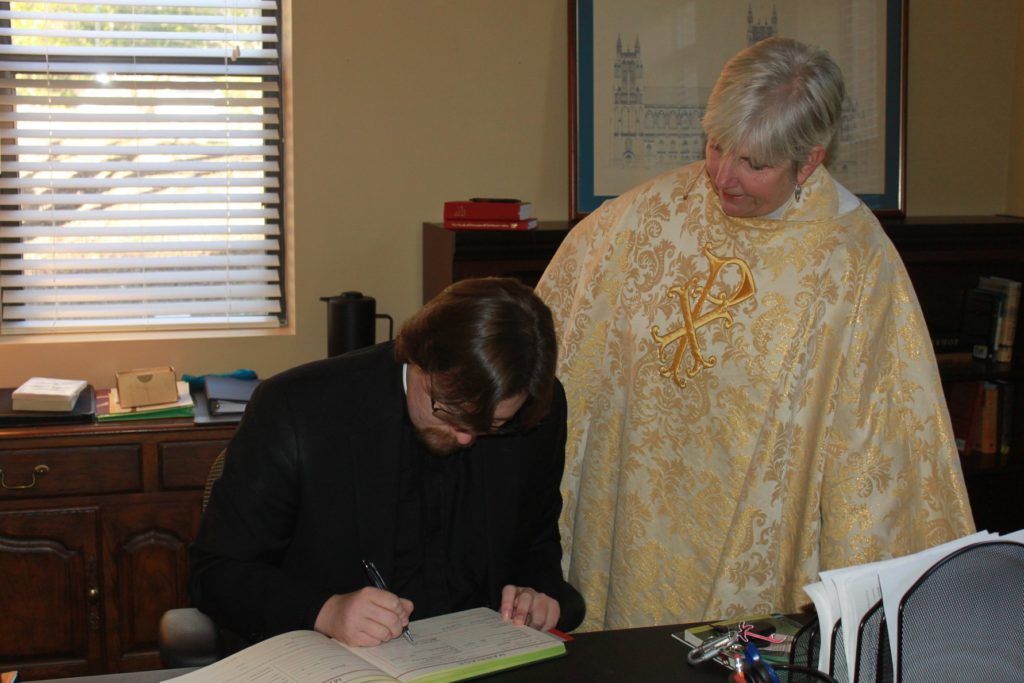
“You know they split us up before the wedding. Me and the boys were down in the office. Hazel lays the marriage license on the desk and tells me to sign it and sign the marriage register. I do those things, people take my picture, and I take my phone out and put a reminder on the day, with a month’s notice. I programmed it that day. I didn’t want to be that stereotypical guy that forgets his anniversary. Then the reverse happened! We are so atypical.”
Mary Rose ordered her dress from Amazon. Kyle read the directions for taking the measurements from Goggle!
She walked down the aisle on Kyle’s arm. She looked stunning.
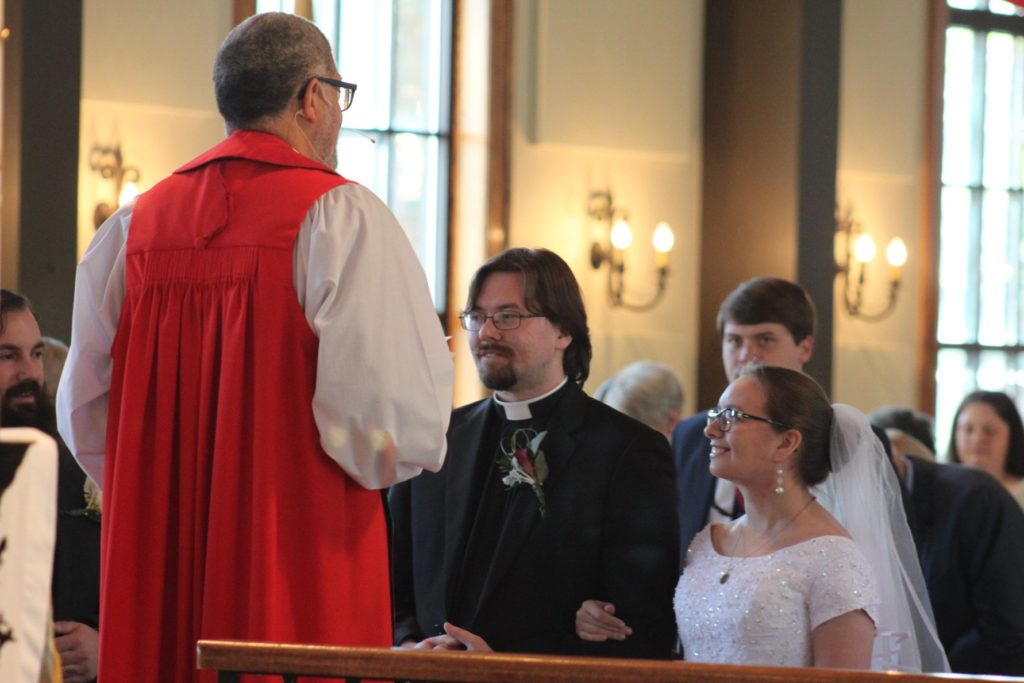
*According to Wikipedia, “Left Behind is a series of 16 best-selling religious novels by Tim LaHaye and Jerry B Jenkins dealing with the Christian Dispensationalist End Times interpretation of the Biblical Apocalypse.” https://en.wikipedia.org/wiki/Left_Behind
Several books in this series were best sellers. I read most of them because I was intrigued that a writer could take a fantastical Biblical account and turn it into a cheap but engaging thriller. I didn’t take the books seriously – they were just entertainment. I didn’t realize that this saga had become the basis for a whole religious movement!
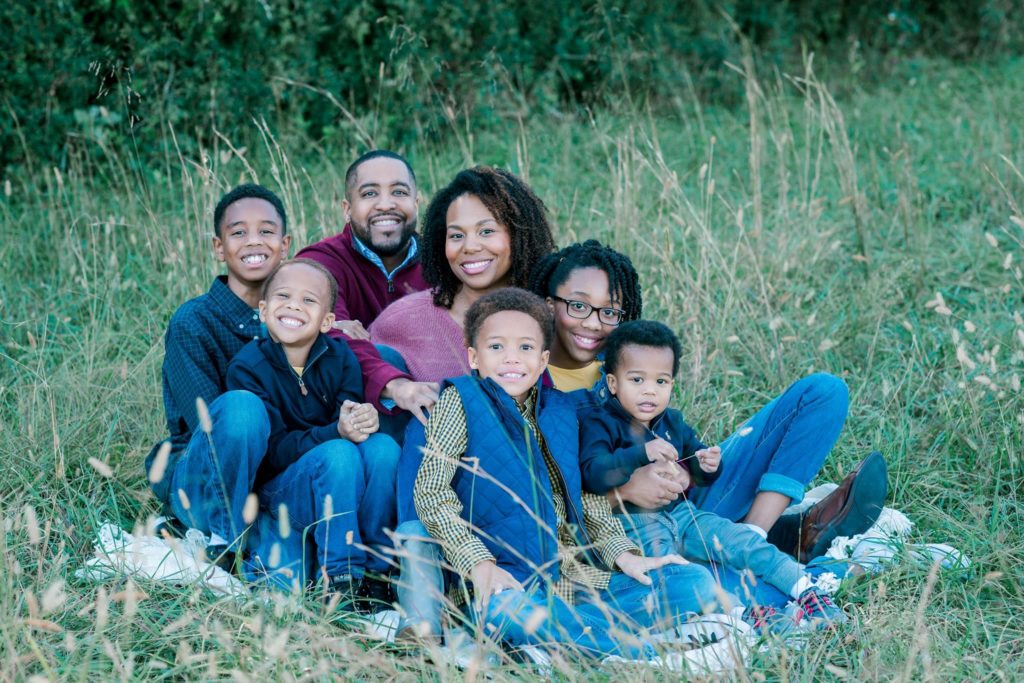
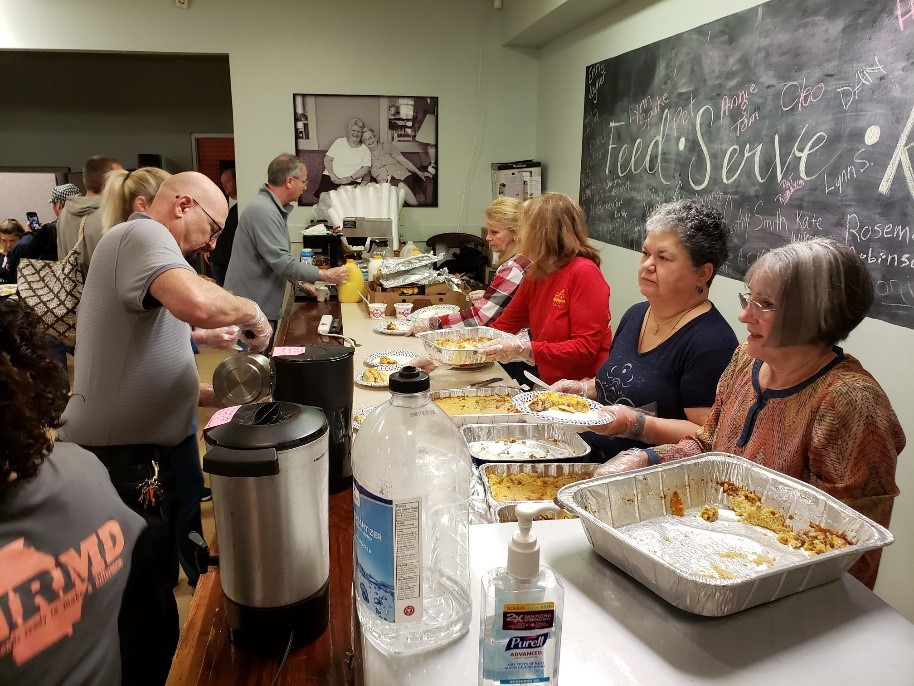
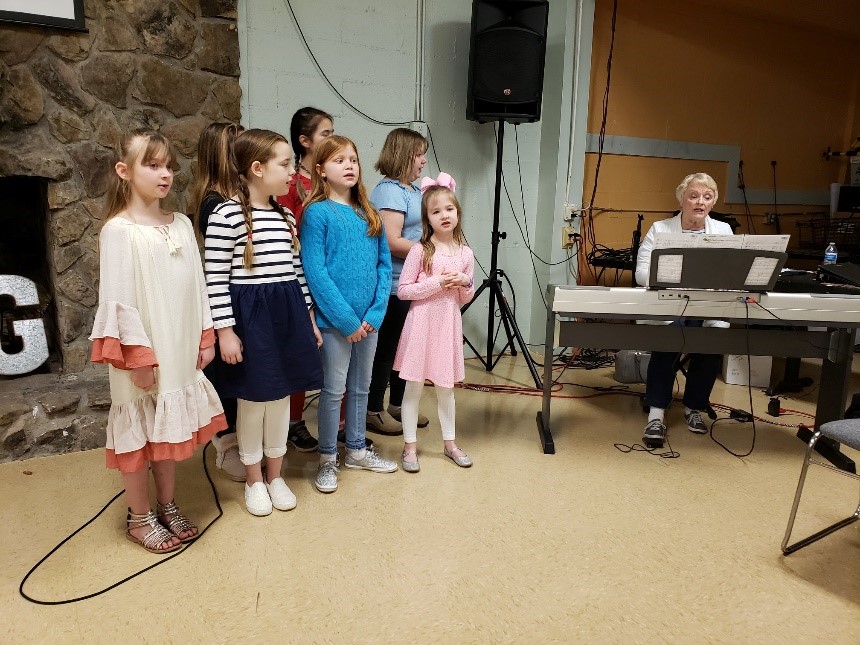
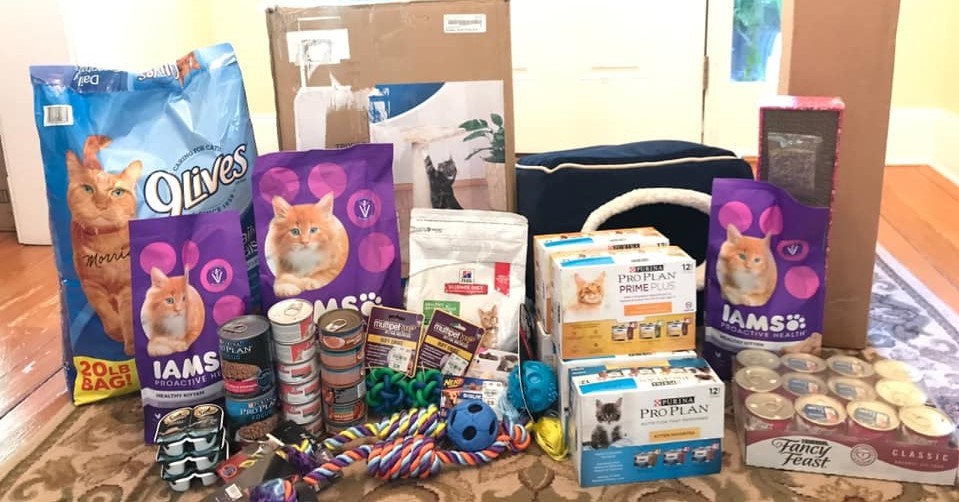
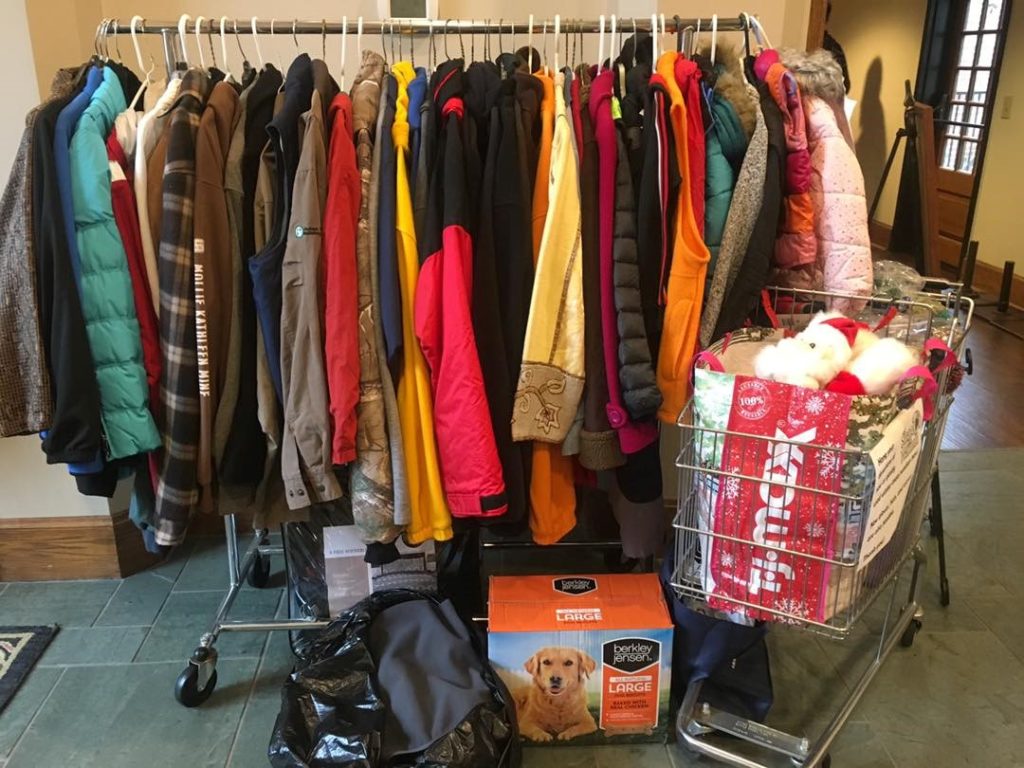
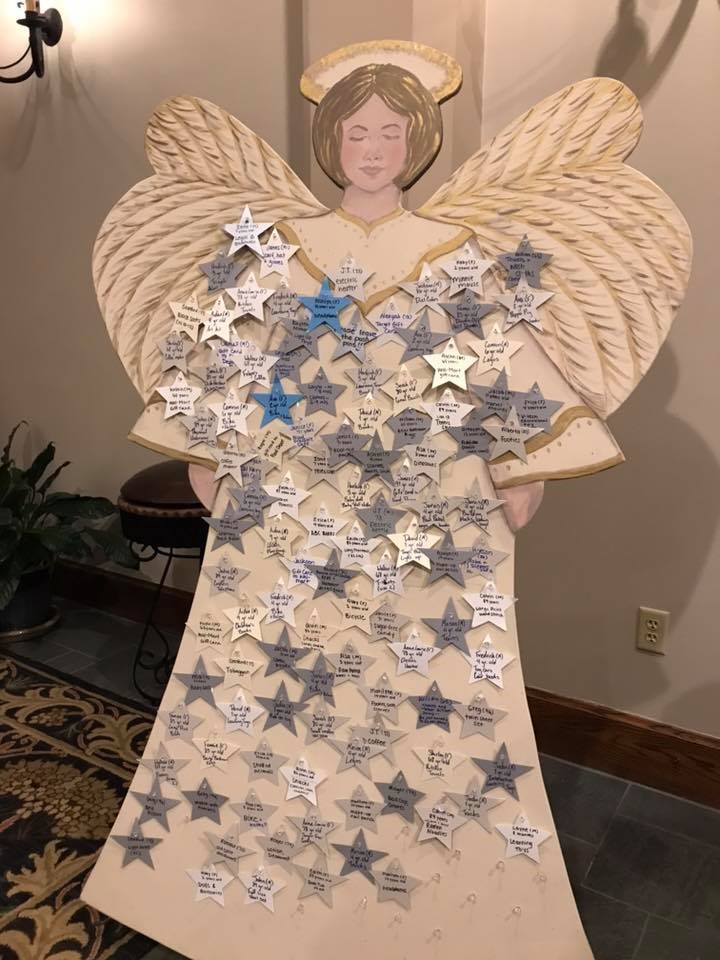
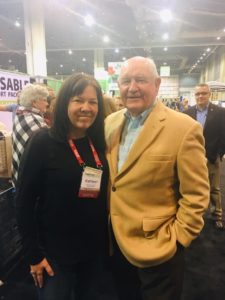
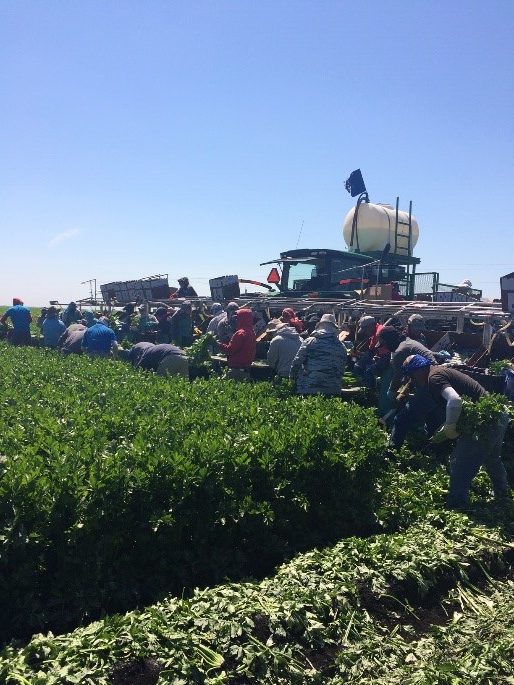
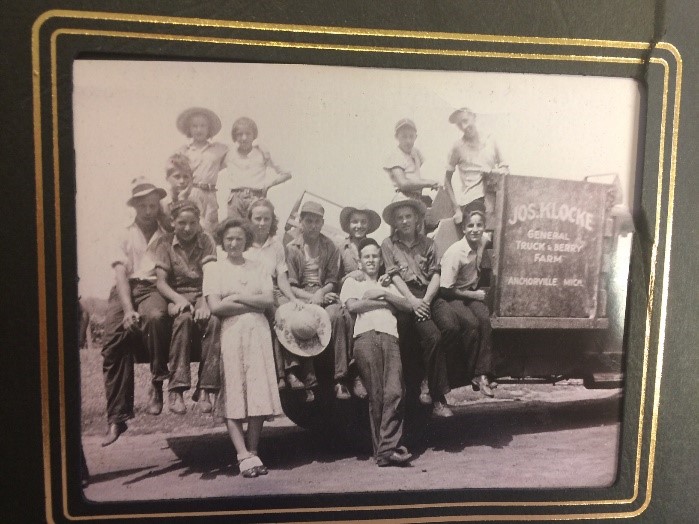
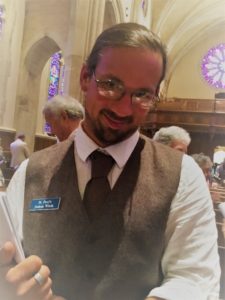
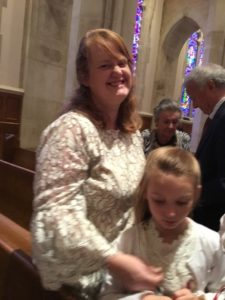 Josh and Sara love St. Paul’s and are strongly committed to this parish. But why they love it, and how they came to feel that they were home at last, are two different tales.
Josh and Sara love St. Paul’s and are strongly committed to this parish. But why they love it, and how they came to feel that they were home at last, are two different tales.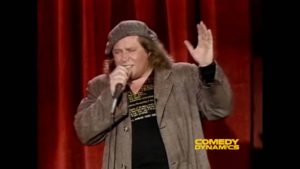 According to Wikipedia, “Kinison played on his former role as a Bible-preaching evangelist, taking satirical and sacrilegious shots at the
According to Wikipedia, “Kinison played on his former role as a Bible-preaching evangelist, taking satirical and sacrilegious shots at the 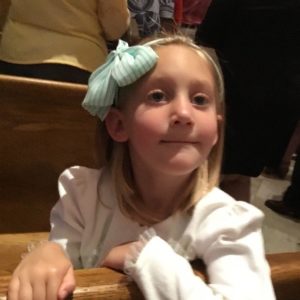 Joan: Grape-throwing might be hereditary!
Joan: Grape-throwing might be hereditary!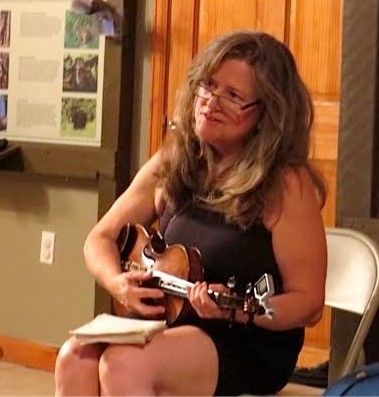
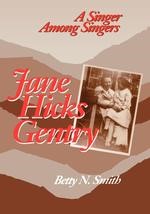
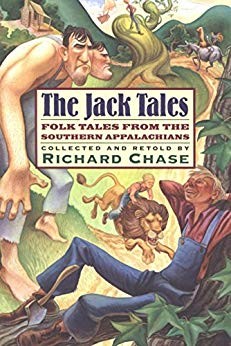
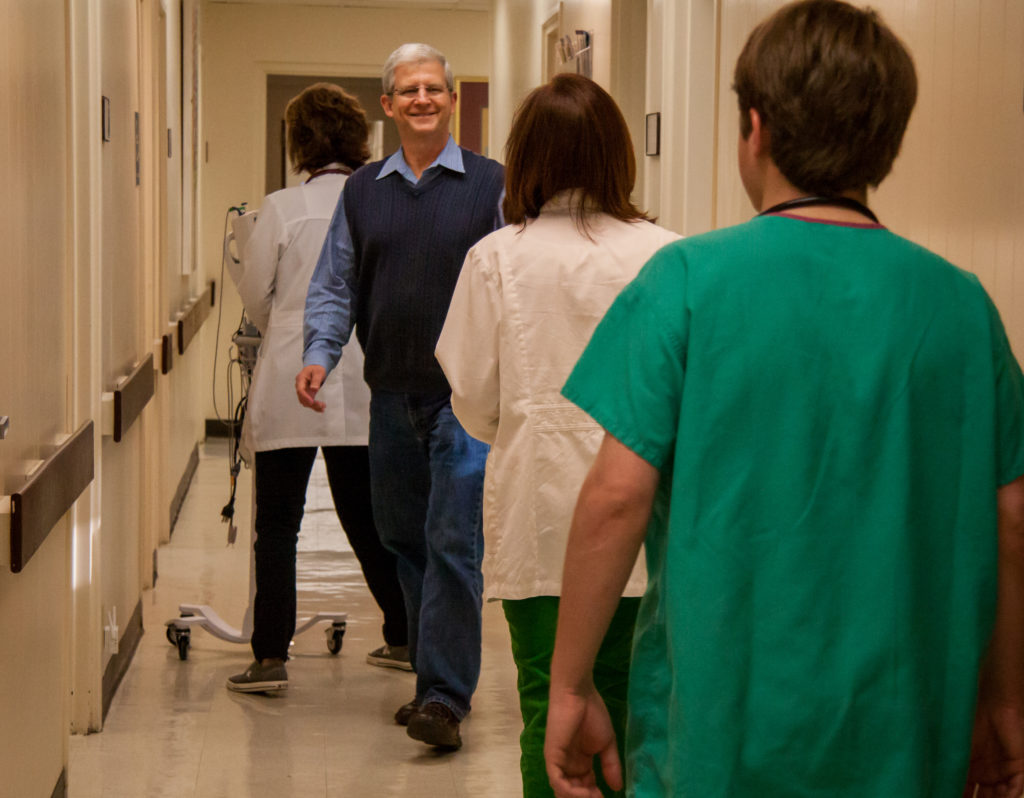
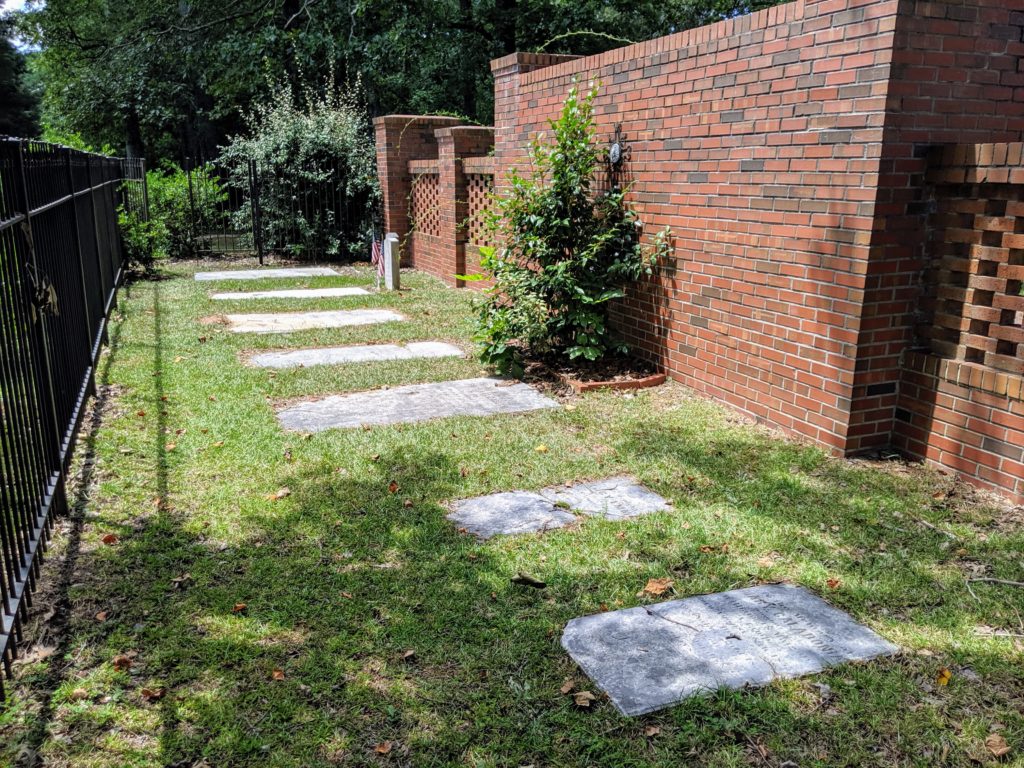 Behind St. Paul’s Memorial Garden wall is a small family cemetery. You won’t see it unless you walk around in back of the wall. This little burying ground once belonged to the Brewster family. It was located in the southwest corner of their dairy farm, which extended all the way from Roscoe Road to Highway 29. The family patriarch, James Brewster, was born in 1799 and died in 1893 at the age of ninety-four. Janett Brewster was born in 1806 and died 1862. Janett bore James thirteen children.*1
Behind St. Paul’s Memorial Garden wall is a small family cemetery. You won’t see it unless you walk around in back of the wall. This little burying ground once belonged to the Brewster family. It was located in the southwest corner of their dairy farm, which extended all the way from Roscoe Road to Highway 29. The family patriarch, James Brewster, was born in 1799 and died in 1893 at the age of ninety-four. Janett Brewster was born in 1806 and died 1862. Janett bore James thirteen children.*1 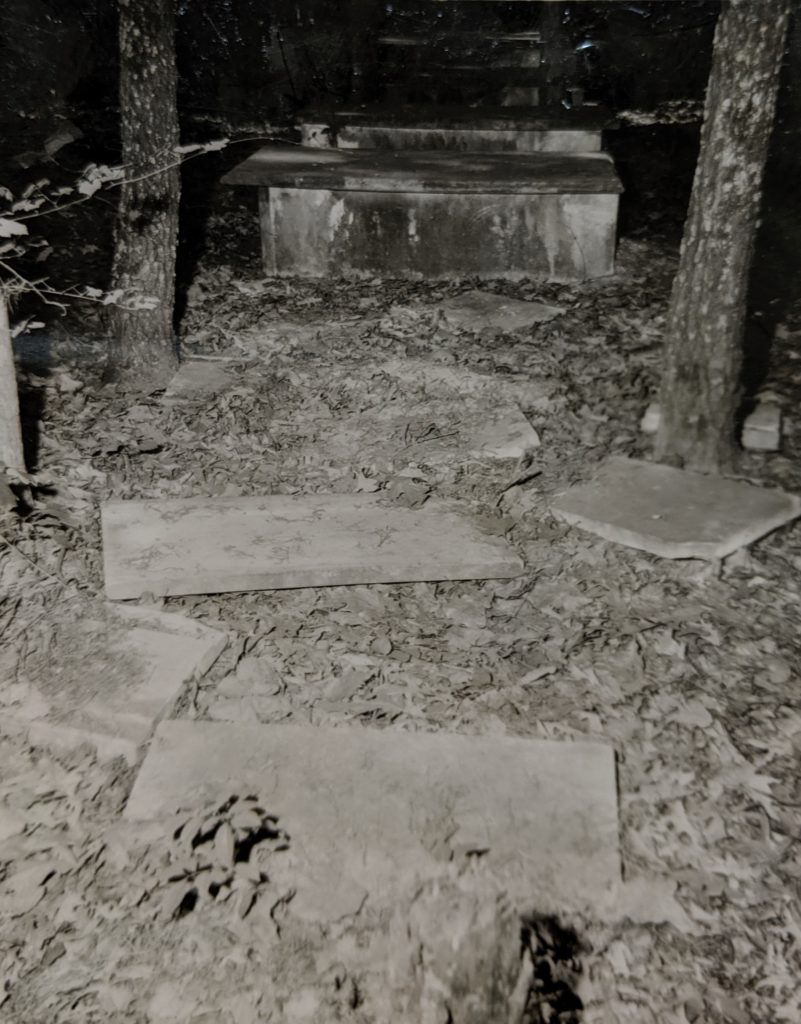
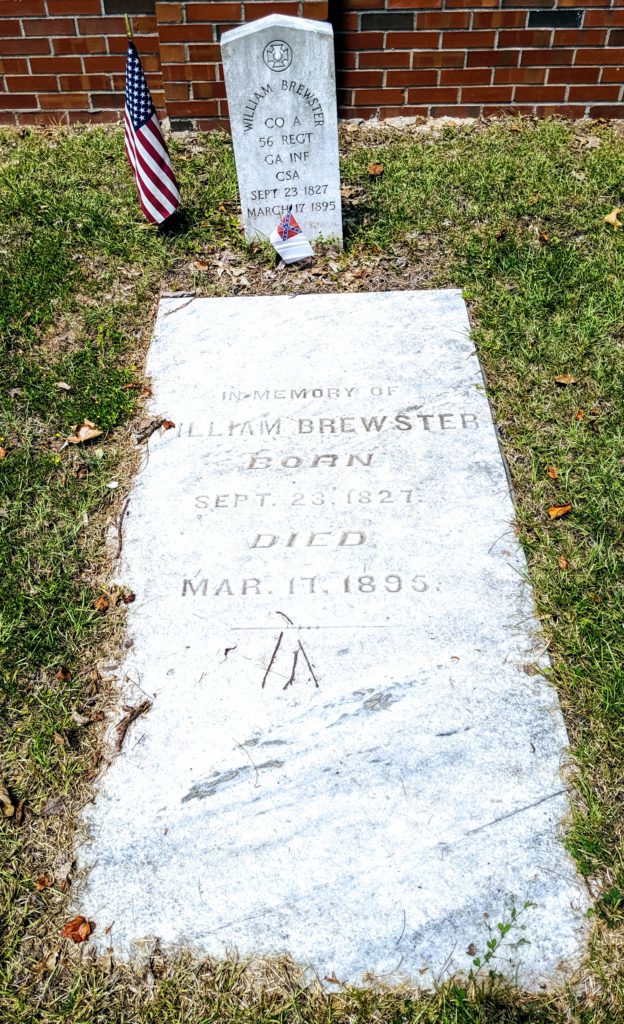 Another son is buried in the Oakland Cemetery. There is no indication of where the fourth of the Civil War soldiers is buried.
Another son is buried in the Oakland Cemetery. There is no indication of where the fourth of the Civil War soldiers is buried.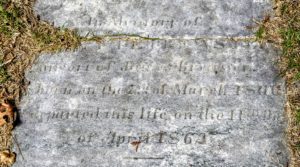
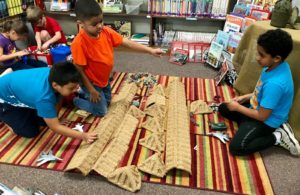
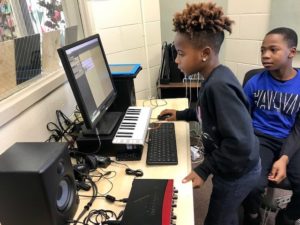
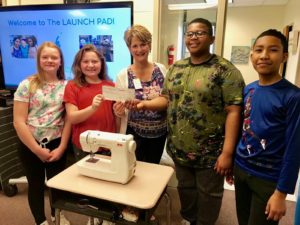
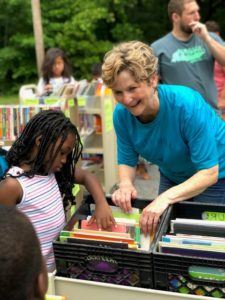
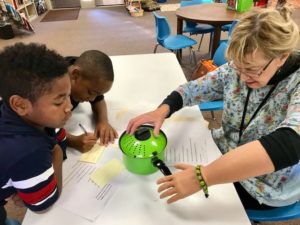
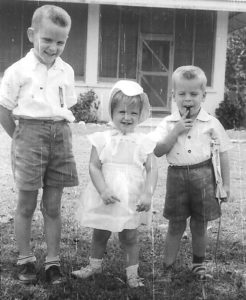
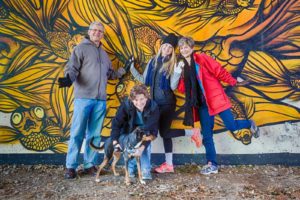
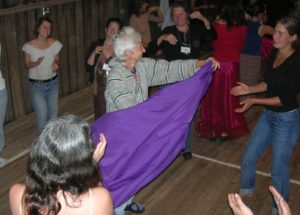
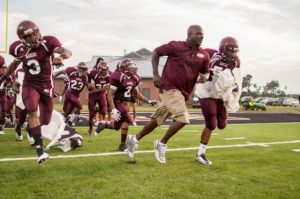
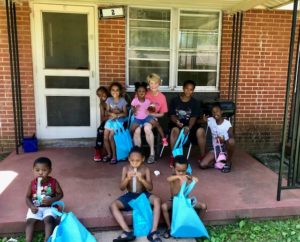
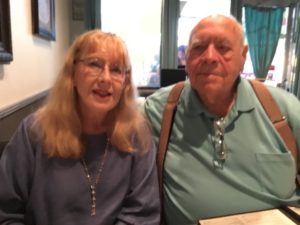
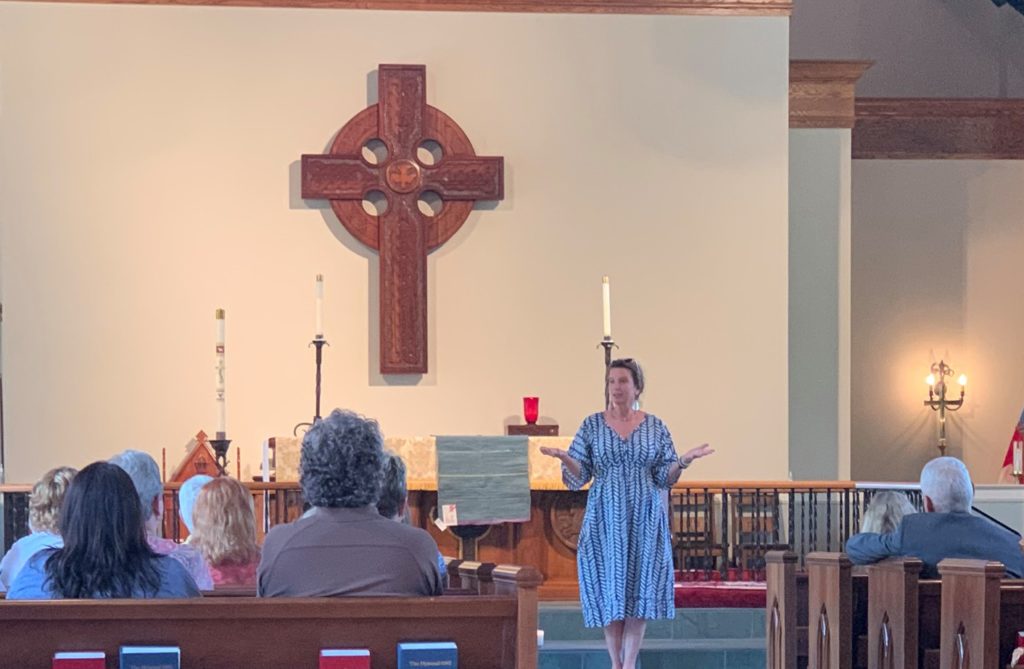 On May 19, a lovely Sunday afternoon, approximately 80 people gathered in the nave at St Paul’s Episcopal Church to hear from The Reverend Becca Stevens, author and founder of Thistle Farms, a social enterprise aimed to empower women who have been abused. She talked about a subject many of us would rather avoid; women who live on the streets. Her talk was anything but a downer, though; she focused on the help that her ministry offers to women willing to accept it.
On May 19, a lovely Sunday afternoon, approximately 80 people gathered in the nave at St Paul’s Episcopal Church to hear from The Reverend Becca Stevens, author and founder of Thistle Farms, a social enterprise aimed to empower women who have been abused. She talked about a subject many of us would rather avoid; women who live on the streets. Her talk was anything but a downer, though; she focused on the help that her ministry offers to women willing to accept it.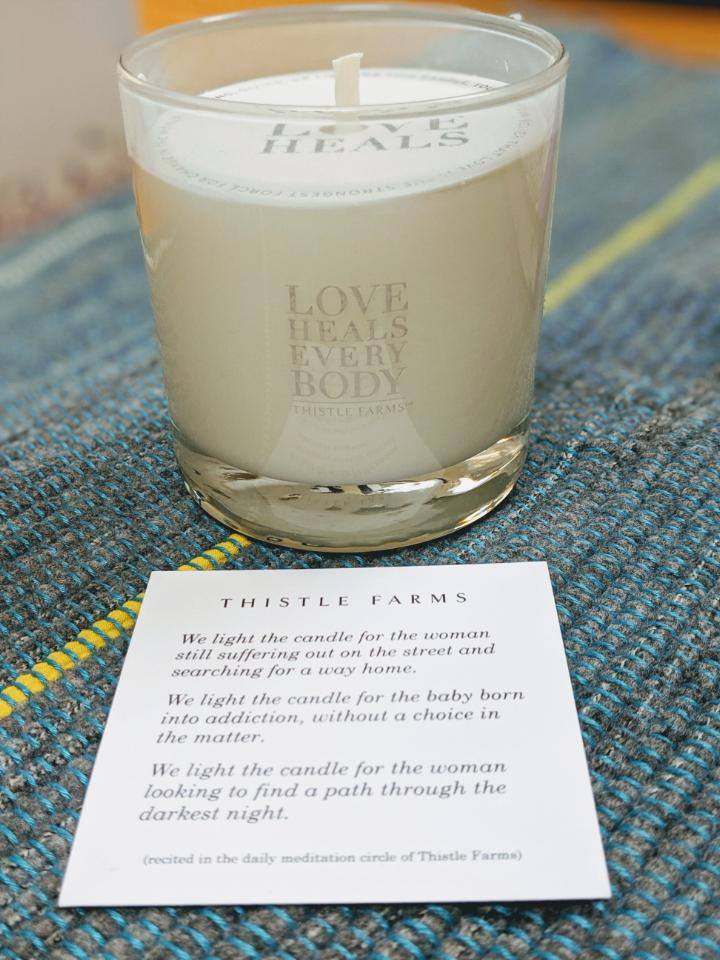 After hearing from Ty, Becca herself, who is also a survivor, spoke. She was sexually abused from age five. She remarked on how hard it is to talk about an abusive sexual history. Even though abuse is not the fault of the victim, there is such sense of shame and self-loathing associated with being a victim that many bury it deep in their psyche leaving their personalities less than whole.
After hearing from Ty, Becca herself, who is also a survivor, spoke. She was sexually abused from age five. She remarked on how hard it is to talk about an abusive sexual history. Even though abuse is not the fault of the victim, there is such sense of shame and self-loathing associated with being a victim that many bury it deep in their psyche leaving their personalities less than whole.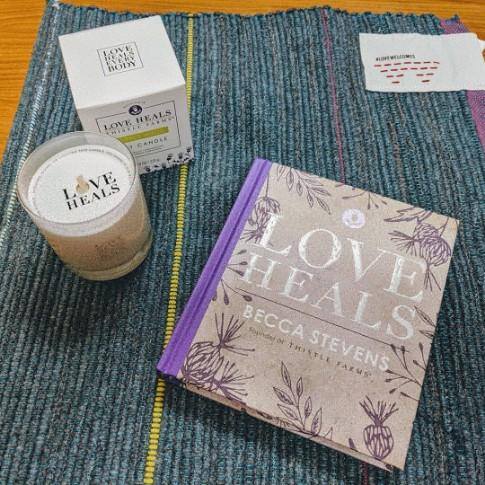 Becca told us of an especially difficult set of circumstances in 2017, at the height of the refugee crisis, where her group was able to turn things about. Desperate women were frequently stuck in refugee camps such as a notorious one in Greece. The men would leave to find new lives in Europe, but the women and children were often left behind. Without fathers, brothers or husbands as protectors, they were vulnerable to human trafficking. Philanthropic organizations find it extremely difficult to get into such camps to help, but with financial support from Wendy Schmidt (whose husband is the former Executive Chairman of Google) Becca’s group was able to organize five women who used their weaving skills to earn much-needed money for necessities not provided in the camp, such as dental work and fresh food. They wove welcome mats from the blankets and life jackets they had used on the crossing over the Mediterranean, where so many others had lost their lives. They sold the mats, trained other women, and were eventually reunited with their husbands.
Becca told us of an especially difficult set of circumstances in 2017, at the height of the refugee crisis, where her group was able to turn things about. Desperate women were frequently stuck in refugee camps such as a notorious one in Greece. The men would leave to find new lives in Europe, but the women and children were often left behind. Without fathers, brothers or husbands as protectors, they were vulnerable to human trafficking. Philanthropic organizations find it extremely difficult to get into such camps to help, but with financial support from Wendy Schmidt (whose husband is the former Executive Chairman of Google) Becca’s group was able to organize five women who used their weaving skills to earn much-needed money for necessities not provided in the camp, such as dental work and fresh food. They wove welcome mats from the blankets and life jackets they had used on the crossing over the Mediterranean, where so many others had lost their lives. They sold the mats, trained other women, and were eventually reunited with their husbands.